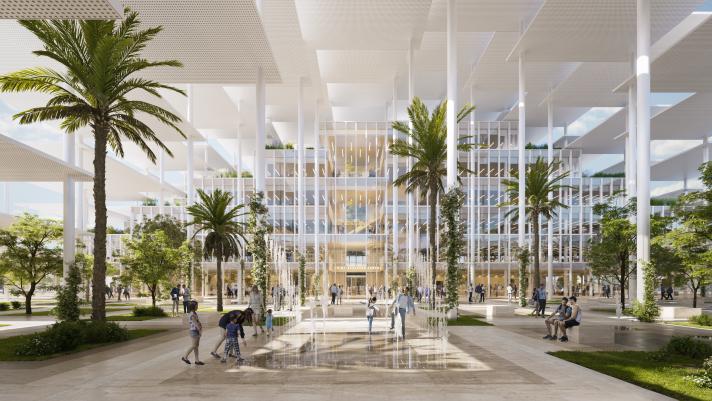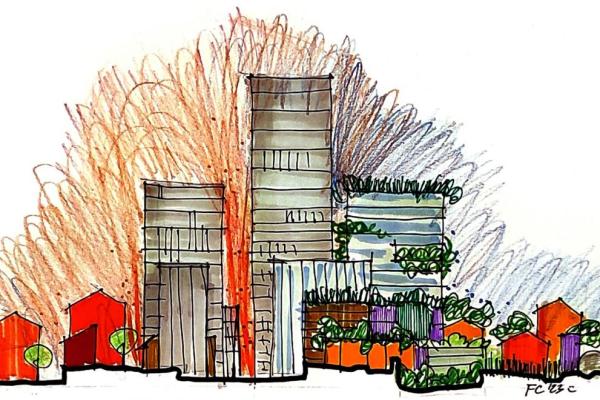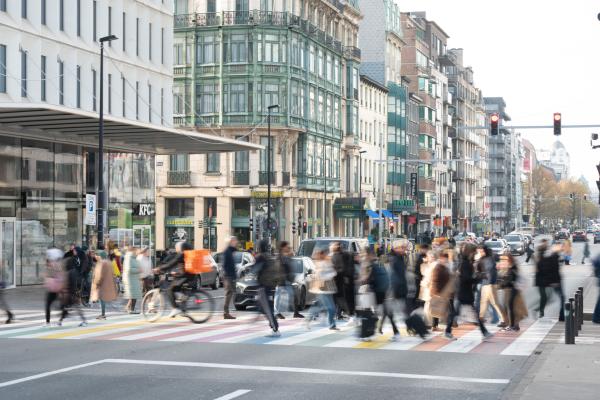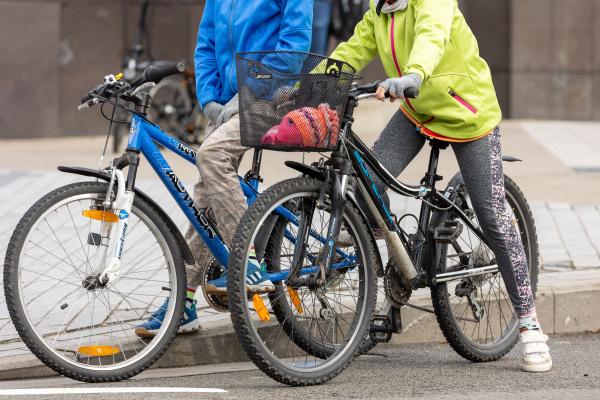
The European Commission has awarded the construction works for the new building of the Joint Research Centre (JRC) in Seville (Spain). Once the project is approved by the European Union budgetary authority, composed of the European Parliament and the Council of the European Union, companies Constructora San José S.A. and Sociedad Española de Montajes Industriales S.A will be able to begin construction.
The JRC site was inaugurated in Seville in 1994 and hosts more than 400 international staff, providing technical information and data in support of key European policies like digital economy, artificial intelligence, innovation and sustainability.
Applying the principles of the New European Bauhaus, the new building will be an example of sustainability and innovation. The project, inspired by Seville’s traditional style, envisages a dome-shaped roof made of solar panels, which will shade a square, a garden and the building itself. The lightweight and square panels will be supported by high columns that will create an open-air space open to the public.
The project aims to fully offset emissions and its carbon footprint, including from its construction, mainly through the generation of solar power that will far exceed its own operational needs, making it the first building on this scale of the European institutions with net-zero emissions.
Inside the building, there will be a meeting area and social spaces on the ground floor, while the offices and research units will be distributed on the upper floors. The proposed configuration is designed to be flexible and adaptable to future needs. Also, the design prioritises the use of locally sourced materials such as limestone, wood or ceramics.
The project, which will be built in the Isla de la Cartuja, is the result of a collaboration between the Commission, Seville City Council, Government of Andalusia, and the Spanish Government to consolidate the JRC’s presence in the city.
Details
- Publication date
- 20 December 2024
- Author
- Joint Research Centre
- JRC portfolios





